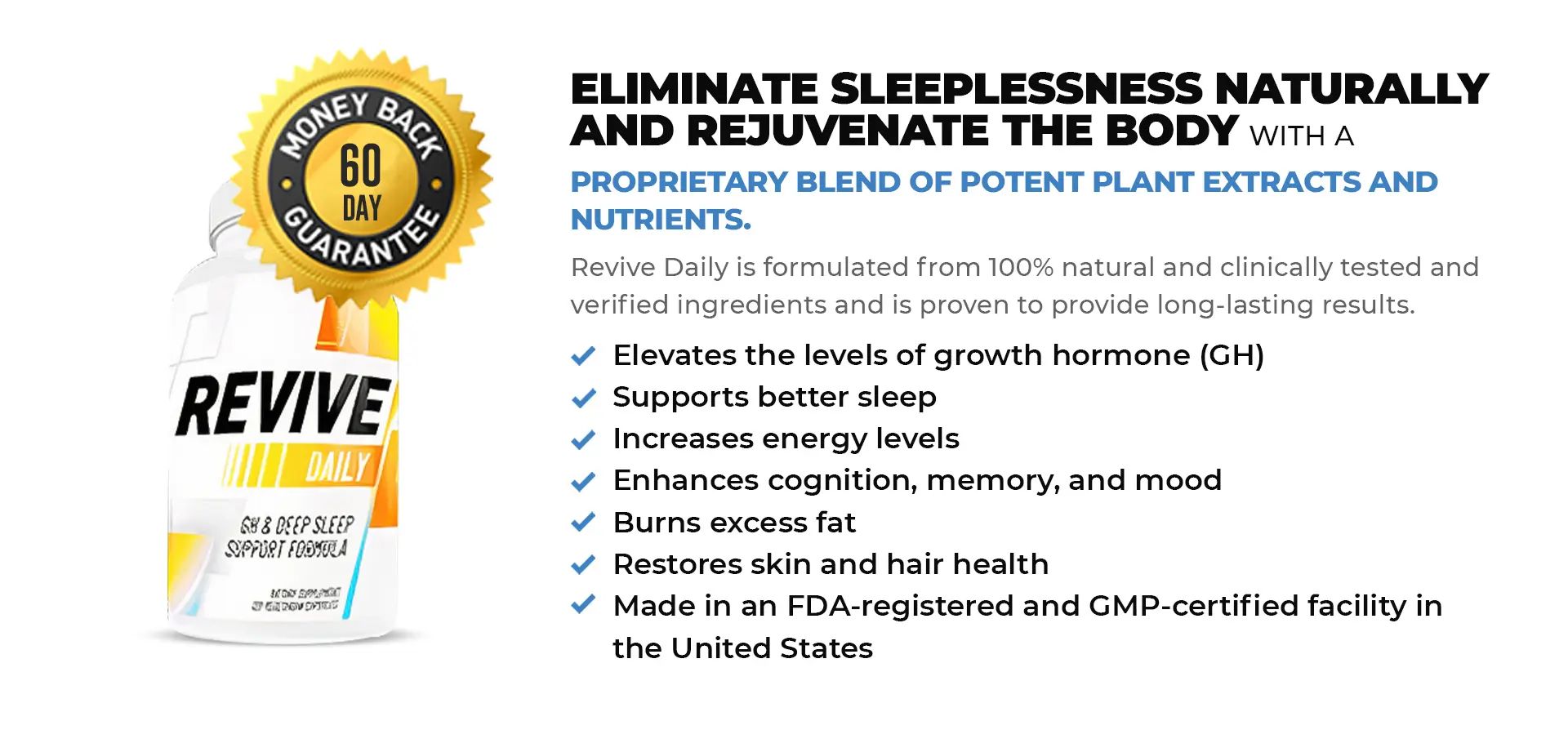The five-a-day rule and healthier eating
If you have not heard of the five-a-day rule before, that is about to change. The five-a-day rule refers to the recommended daily servings of fruits and vegetables. Health experts recommend that every eat – yes you guessed it – five a day.
That five-a-day guideline is actually the minimum recommendation, and eating up to nine servings a day of fruits and vegetables is a great way to increase health, lower dietary fat, increase vitamin consumption and just generally feel better.
Following the five-a-day rule may just be the most important, and one of the easiest, changes you can make in your daily diet. There are many reasons to increase your consumption of fruits and vegetables, including:
- They are delicious
- They are nutritious
- They are colorful
- They are plentiful
- They are inexpensive
It is hard to find such a great combination in any other food group. Delicious, nutritious, and affordable foods can be hard to find, but they abound in the produce section of virtually any grocery store.
More Affordable
In order to make fruits and vegetables even more affordable, it is best to buy them when they are in season. Every type of fruit and vegetable grown in this country has its own growing season, and fruits and vegetables that are out of season usually must be purchased in frozen, dried, or canned varieties.
Fresh, in-season, fruits and vegetables, on the other hand, are usually plentiful and inexpensive. And in addition to the grocery store, such produce is often available at farmers’ markets and even at roadside stands. This locally grown produce is often of superior quality and lower price than that at the supermarket, so if you have such a venue in your area by all means check it out.
It has long been known that fruits and vegetables play an important role in a healthy diet, and science continues to confirm this fact with study after study. Diets high in fruits and vegetables and low in fats have been shown to play a role in preventing infections, protecting the heart, and even protecting against some kinds of cancer.
One reason for this is that many fruits and vegetables are rich in antioxidants. Antioxidants are able to protect the body from damage by free radicals. Free radicals are naturally occurring compounds thought to play a role in many diseases.
One quick and easy way to take care of one-fifth of the five-a-day rule is to start every day with a fresh glass of fruit juice. Apple juice, orange juice, and grapefruit juice are all excellent choices. When choosing juice, however, be sure that it is 100% real fruit juice and not a blend. Fruit juice blends can contain high levels of sugar and low levels of fruit.
A quick fruit salad is another excellent way to satisfy part of the five-a-day rule. It is easy to make a quick fruit salad using either canned or fresh fruits. In addition, canned fruit salads are widely available and often a great value. As with juice, however, it is important to read the label and be sure that there is no added sugar. Fruit is sweet enough on its own – extra sugar is something you simply do not need.
Another interesting way to increase fruit and vegetable consumption is to use them as garnishes for other foods. For instance, adding strawberries, blueberries, or bananas to your morning cereal is a great way to increase the flavor of the cereal while at the same time increasing the amount of fruit in your diet.
And adding vegetables like green peppers, red peppers and chunks of pineapples to shish kebobs is a great way to grill your way to good health. Your kebobs will be more colorful, more attractive, and of course more healthy. No matter how you choose to meet the five-a-day rule, there is no doubt that increasing the number of fruits and vegetables in the diet can have a profound effect on health. Many who have eaten more fruits and vegetables report greater levels of energy, a greater sense of well-being, fewer colds, and more stamina. So why not follow the simple five-a-day plan to good health?
DISCLAIMER:
This information is not presented by a medical practitioner and is for educational and informational purposes only. The content is not intended to be a substitute for professional medical advice, diagnosis, or treatment. Always seek the advice of your physician or other qualified healthcare providers with any questions you may have regarding a medical condition. Never disregard professional medical advice or delay in seeking it because of something you have read.
Since natural and/or dietary supplements are not FDA-approved they must be accompanied by a two-part disclaimer on the product label: that the statement has not been evaluated by FDA and that the product is not intended to “diagnose, treat, cure or prevent any disease.”





